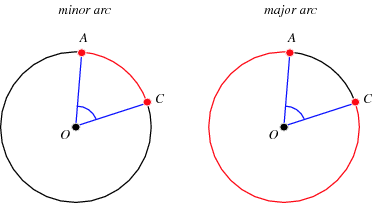richarnold
Established Member
Hi folks.
I am currently embarking on a study of the use of pre industrial wooden planes and I have a question to anyone who lives in a property that is pre 1914, or has experience of working on windows in domestic buildings prior to this date.
What I am wondering about is the form of moldings used on vertical, horizontal, and common casement window sashes.
The main reason for my enquiry is that although I am very familiar with windows in my own geographical area (Northampton shire , Leicestershire, Rutland), I have a worry that I may be seeing a narrow cross section of what is typical over the whole of the country.
I am mostly interested in common domestic dwellings from a period of approximately 1700- 1914.
From my experience the predominate moulding used on windows in my area of the country is the common ovolo this can vary in size from square roman forms to elongated Grecian forms. I would estimate that this form of moulding makes up for more than 90% of the examples of sash moldings that I have seen. I have a suspicion that this may be true of the country as a whole, but it would be nice to hear from others in different areas as to whether this is the case. One reason I have for coming to this conclusion is that the vast majority of surviving sash planes still surviving are of this form.
The other molding that crops up on a fairly regular basis is the cove and astragal. This tends to turn up on slightly higher status homes built between 1760 and 1830.
Cheers, Richard.


I am currently embarking on a study of the use of pre industrial wooden planes and I have a question to anyone who lives in a property that is pre 1914, or has experience of working on windows in domestic buildings prior to this date.
What I am wondering about is the form of moldings used on vertical, horizontal, and common casement window sashes.
The main reason for my enquiry is that although I am very familiar with windows in my own geographical area (Northampton shire , Leicestershire, Rutland), I have a worry that I may be seeing a narrow cross section of what is typical over the whole of the country.
I am mostly interested in common domestic dwellings from a period of approximately 1700- 1914.
From my experience the predominate moulding used on windows in my area of the country is the common ovolo this can vary in size from square roman forms to elongated Grecian forms. I would estimate that this form of moulding makes up for more than 90% of the examples of sash moldings that I have seen. I have a suspicion that this may be true of the country as a whole, but it would be nice to hear from others in different areas as to whether this is the case. One reason I have for coming to this conclusion is that the vast majority of surviving sash planes still surviving are of this form.
The other molding that crops up on a fairly regular basis is the cove and astragal. This tends to turn up on slightly higher status homes built between 1760 and 1830.
Cheers, Richard.











































